I received an email recently that inspired this blog. In it, the author of the email asked me the question, “Isn’t cow’s milk meant for baby cows?”
It’s a good question.
This, and questions like it seem to be increasingly common as we seek to identify a diet that is not just nourishing, but also as ethical and sustainable as possible.
The Questions Surrounding Diet
In fact, if we drill in deeper it seems that there are actually three questions that many of us ask as we try to connect with our food and navigate this increasingly confusing dietary landscape:
- What foods are “made” for us humans to eat?
- What foods are my body designed to eat?
- What foods can satisfy my body’s nutritional needs?
Digging in Deep with Each Question
At first glance they may seem like the same question asked in slightly different ways. But no, especially not for us humans. Understanding that these are completely different questions with categorically different answers is fundamental to understanding how to properly nourish our bodies. This is so important, in fact, that I am answering it over three different blog posts addressing one question in each.
What are humans designed to eat?
The first answer is easy. The only food on the planet that is actually designed for you to consume is the milk from your own mother. Period. That’s it.
We humans are mammals and even though we share a variety of traits with other mammals such as having body hairy, being warm blooded, giving birth to live young, and having a more complex brain than other animals, the namesake trait that we all share is that our young are fed milk produced by its mother’s mammary glands (mammary = mammal). The bodies of mammal mothers are designed to produce incredibly nourishing colostrum and milk to provide nutrition and immune protection to their offspring to set them up for a lifetime of health.
But what about grains, nuts, seeds and legumes??
So, even though “what food is ‘made’ for us humans to eat” it is a well intentioned question, if we use it to identify the foods to include and exclude from our diets we are destined for failure. Grains, nuts, seeds and legumes are not meant as food for any animal, but are rather the babies of the plant and are there to help play their part in the essential task of plant reproduction. This is necessary from an evolutionary perspective so that their species does not go extinct.
Lettuce is not created for us to pick, wash, and dress in a salad bowl but are more importantly the leaves of the plant designed to capture sunlight to undergo photosynthesis to nourish the plant and, in some cases to direct rainfall towards the roots.
Bringing the question to the animal world
The same is true for the animal world. Meat is not created by an animal’s body as food for another predator, but rather allows an animal to be strong or to run or jump. Its heart is created to pump blood, liver to detoxify, and blood to transport nutrients and oxygen around its body. And, yes, the same goes for milk. Cow’s milk is most certainly made for baby cows.
But, is this really the question we should be asking to determine what we should and should not be eating? Remember, this doesn’t go just for humans. This goes for other animals as well. Following this line of thinking would certainly mean that a lion should not eat gazelles, anteaters should not eat ants, giraffes should not eat leaves, and cows should not eat grass. There is almost no food meant for something else to consume.
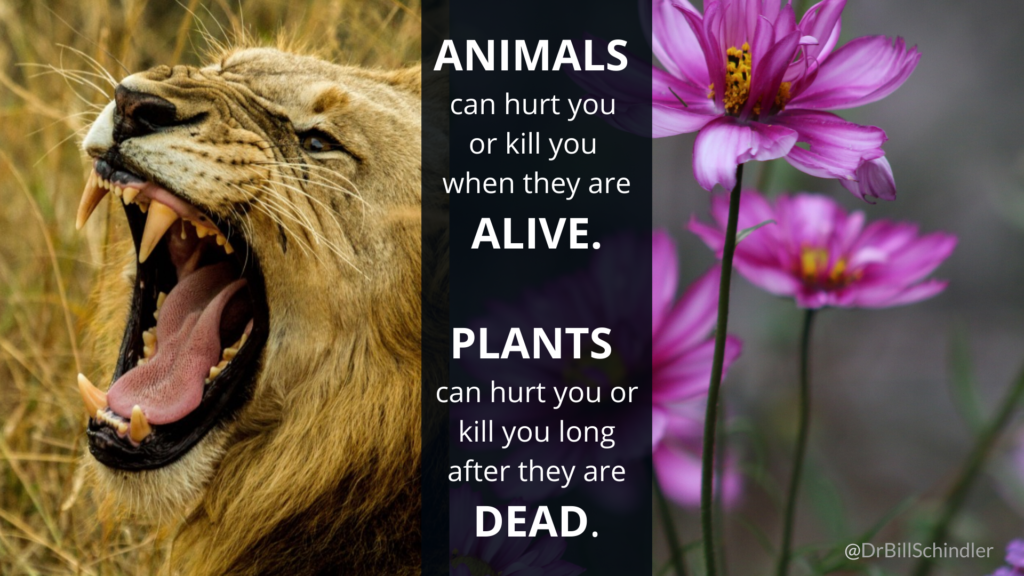
Fruit is a rare exception.
Fruit is actually designed by the plant for another animal to eat. In fact, it is an essential part of the reproductive process and many plants put a great deal of effort and energy into creating beautiful, pleasant smelling and sweet tasting fruit to attract animals and entice them to consume the entire fruit later spreading the seeds to another location by depositing them in a pile of nutrient rich manure. Seeds are physically and chemically designed to withstand the digestive tract of animals and some actually require the journey through an animal’s body to properly sprout afterward. But, that loop is only fully closed when the seeds are consumed along with the fruit and later deposited in a pile of waste somewhere to help propagate the species. For most of us humans that is not the case.
So, where does this leave us?
Unless we want to spend the rest of our lives as frugivores we need to find another way to ensure that we are eating in a meaningful way that, in addition to meeting our nutritional needs, also meets our ethical and sustainability goals. I believe it is entirely possible to achieve this simply by embracing the circle of life and remembering that we are a part of the natural world around us and not merely observers.
How do make this all work?
I do this by:
- Connecting directly with my food by removing as many links from my food chain as possible
- Responsible sourcing by relying on farmers who are doing it right
- Ethical harvesting, butchering, cooking, and eating
- Sustainably utilizing a nose-to-tail approach to animals and composting organic waste.
We will address the second question, “what is my body designed to eat” next week. Stay tuned!
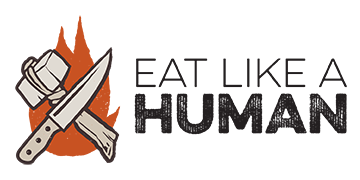
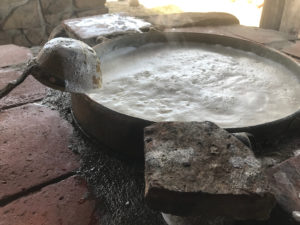
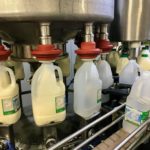
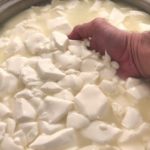
 A class so intensive Bill actually lost his voice
A class so intensive Bill actually lost his voice
Leave a Reply